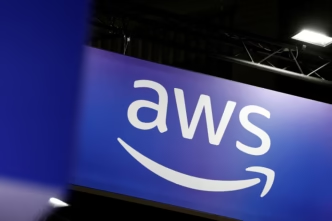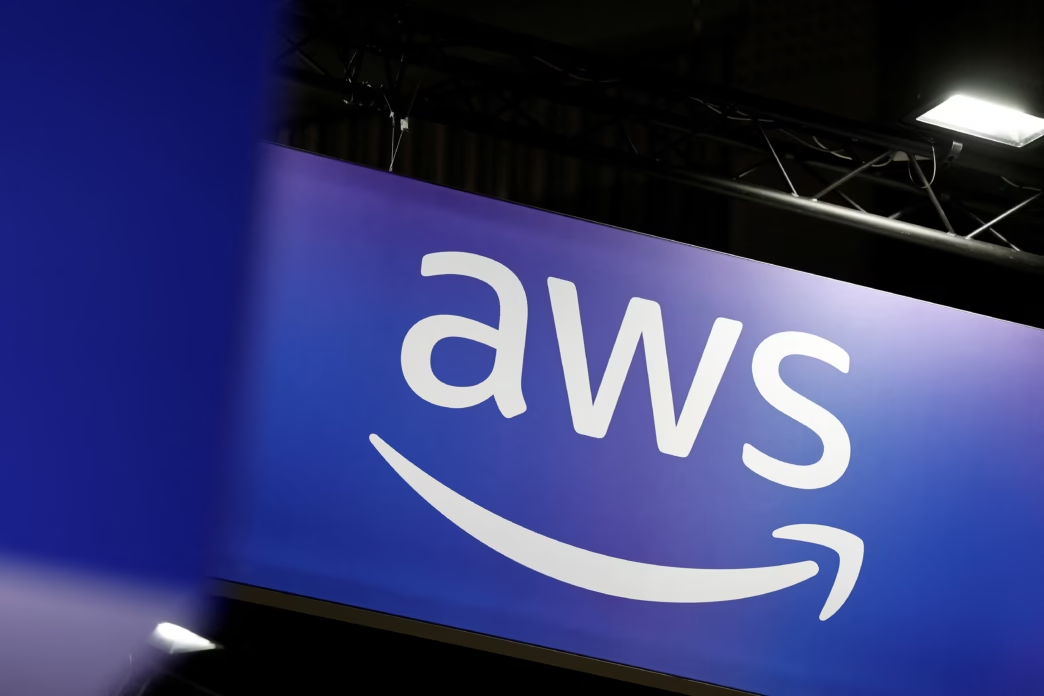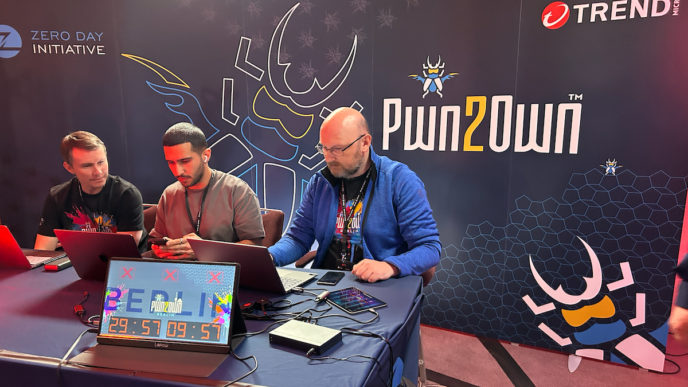A major disruption at Amazon Web Services (AWS) early Monday morning sent shockwaves across the digital world, taking down a massive portion of the internet for several hours. Websites, mobile apps, banks, and even some government services were knocked offline, leaving millions of users unable to access critical platforms.
Amazon confirmed later in the day that the outage had been “fully mitigated,” with most systems gradually returning to normal. However, the incident underscored just how dependent the global economy has become on a handful of cloud providers that keep the internet running behind the scenes.
The issue, which began around 3 a.m. Eastern Time, originated from problems in Amazon’s Domain Name System (DNS). DNS acts as the internet’s address book — converting familiar web addresses like amazon.com into numerical IP addresses that servers use to connect users to websites. When DNS breaks, the web effectively stops working.
For several hours, users around the world reported widespread connectivity problems. Popular apps and websites simply refused to load. Platforms like Coinbase, Fortnite, Signal, and Zoom were among the hardest hit. Even Amazon’s own services, including its Ring video doorbells and security cameras, went dark.
At the peak of the outage, internet monitoring firms recorded a sharp drop in global web traffic. Some regions saw nearly half of all internet requests fail. For businesses and individuals relying on AWS to power their apps and websites, the experience was chaotic and costly.
By mid-morning, Amazon announced that engineers had identified and contained the issue, restoring core functionality to most systems. The company did not provide technical details about what triggered the DNS failure, but experts say that DNS disruptions can take hours, or even longer, to fully resolve due to the way information propagates across networks.
“Unlike other forms of downtime, DNS issues ripple slowly through the system,” explained one network engineer familiar with the matter. “Even after a fix is deployed, some parts of the web still see failures for hours because cached data needs to refresh globally.”
The AWS DNS failure serves as another reminder of how fragile the internet’s infrastructure can be. Millions of businesses, from small startups to major corporations, rely on AWS for cloud computing, storage, and web hosting. Analysts estimate that Amazon controls roughly 30% of the global cloud market, making it the single largest provider of online infrastructure in the world.
When a system like AWS falters, the effects ripple far beyond Amazon’s customer base. Everything from banking systems to online learning platforms and digital entertainment services depend on AWS servers to function.
Some organizations with backup systems hosted on other cloud providers like Google Cloud or Microsoft Azure were able to recover faster. But for many, especially smaller companies that rely solely on Amazon’s infrastructure, the outage caused hours of lost business and frustrated customers.
Cloud dependency has grown so fast that it’s now considered a form of “digital concentration risk.” Regulators and cybersecurity experts have long warned that the internet’s increasing reliance on a few dominant providers, Amazon, Google, and Microsoft, could create systemic risks similar to what banks once faced before financial reforms.
his isn’t the first major outage to highlight the web’s hidden vulnerabilities. In 2024, cybersecurity firm CrowdStrike accidentally triggered one of the largest global IT disruptions in history when it released a faulty software update. That incident crashed millions of computers worldwide, grounded flights, and caused days of downtime for hospitals, airports, and corporations.
Before that, in 2021, a glitch at DNS provider Akamai Technologies temporarily took some of the world’s biggest websites offline — including FedEx, Steam, and the PlayStation Network.
Each of these events revealed the same uncomfortable truth: the internet’s architecture, though vast and resilient in some ways, still hinges on a handful of centralized systems that, when they fail, can take half the world down with them.
By late Monday afternoon, Amazon’s status page showed that all major services were operational. Yet, the outage will likely prompt both internal reviews and external scrutiny. Lawmakers and regulators may once again question whether too much of the internet’s core infrastructure rests in the hands of a single company.
For users, the episode was an unwelcome reminder of how easily the modern web can break. A few lines of misconfigured code or a small DNS error can cascade across continents, freezing economies, disrupting communication, and exposing just how fragile our digital world truly is.
As one analyst put it, “The internet isn’t just built on the cloud anymore — it is the cloud. And when that cloud breaks, everything stops.”













